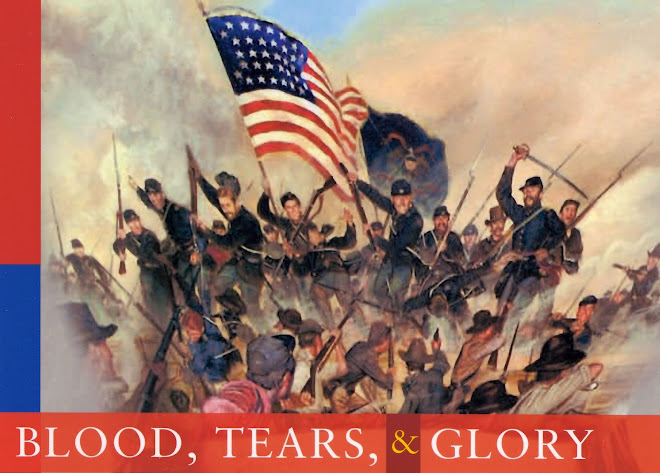Demonstrations
In northwestern Tennessee, Federal gunboats begin a “demonstration” against Fort Henry, the Confederate fort built to deter an invasion of the western Confederacy via the Tennessee River. In Civil War terms, a demonstration is a show of force intended to deceive or distract the enemy or to gather information. At about the same time, a brigade of about 6,000 men sent by Brig. Gen. Ulysses S. Grant from his Cairo, Illinois, headquarters, is returning from another demonstration made in the direction of the Confederate base at Columbus, Kentucky.
All of this is supposed to distract western Confederates and keep them occupied while Union forces under Brig. Gen. Don Carlos Buell come to the aid of Union loyalists in eastern Tennessee—a mission President Lincoln wants desperately. However, Lincoln's wishes will not be fulfilled, because Buell has other ideas and arrogantly assumes HE knows better than the commander-in-chief.
Grant says the Columbus demonstration “if it had no other effect, served as a fine reconnaissance.” The Tennessee River demonstration was also useful. Federal forces learned they could land within two and half miles of Fort Henry without serious challenge. They also destroyed destroy an outlying Confederate camp. Previous feints up the Tennessee and Cumberland rivers had returned with considerable information about Fort Henry and Fort Donelson.
With this information in hand, Grant is hopes to persuade Maj. Gen. Henry W. Halleck, commander of the Department of the Missouri, to let him attack the Confederates. He is waiting for Halleck to give him permission to go to his headquarters in St. Louis.



No comments:
Post a Comment